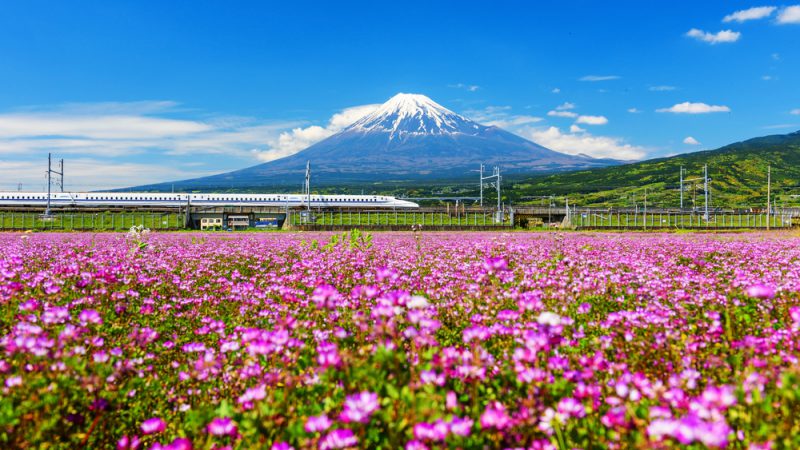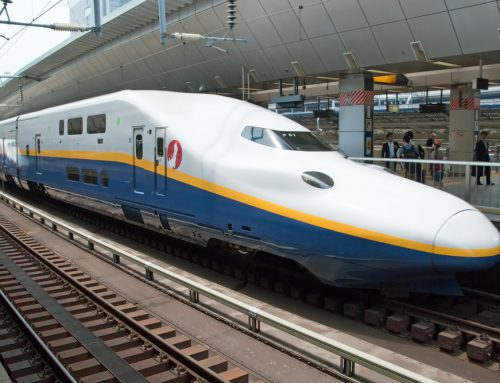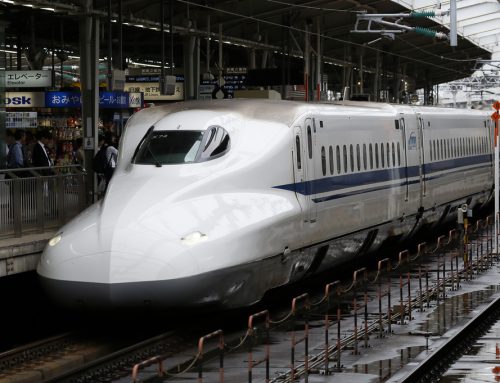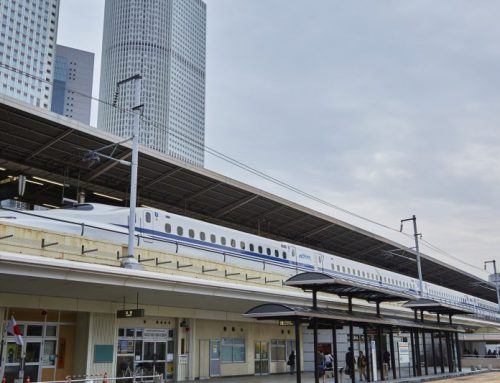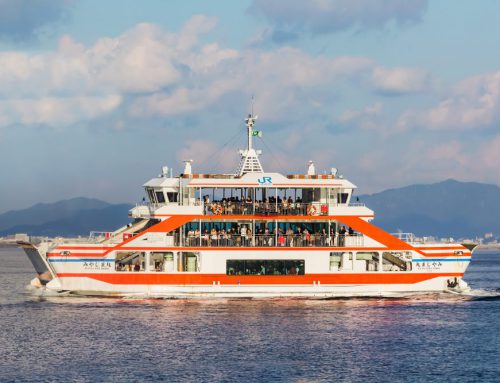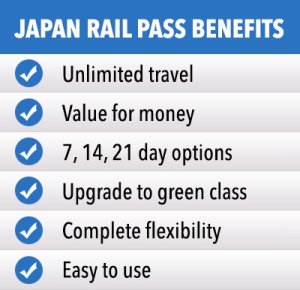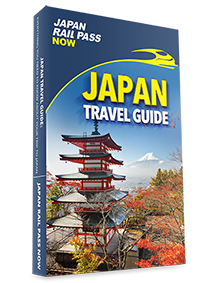We will be open on September 30, which will be the last day to purchase the Japan Rail Passes at the current prices. If you purchase on this day than you will need to swap over your Exchange Order vouchers (what we send you) by the 29th of December in Japan. You can then make a starting date up to 30 days in the future, so it doesn’t need to be used right away, but you would need to be in Japan by that date to swap over your Exchange Order vouchers. We strongly recommend purchasing sooner rather then later if your dates are within the 90 day validity window.
Come October 1, 2023, travellers to Japan need to brace themselves for some major shifts in the railway landscape. The Japan Rail Pass, a lifeline for many tourists, is set to see a significant price hike, along with several other modifications. Let’s explore what these changes mean for your travel plans.
1. A substantial price increase
The Japan Rail Pass price is increasing by 70%, turning this once highly desirable travel companion into something rather expensive. The previously affordable 7-day pass will soon cost more than the current 14-day option, posing challenges for budget-conscious travellers.
However, if you’re after the convenience of unlimited rides and don’t mind shelling out a little more, the pass might still appeal to you.
Here’s a breakdown of the changes:
- Regular 7 day adult economy pass: From 29,650 yen to 50,000 yen
- Regular 14 day adult economy pass: From 47,250 yen to 80,000 yen
- Regular 21 day adult economy pass: From 60,450 yen to 100,000 yen
- Green 7 day adult economy pass: From 39,600 yen to 70,000 yen
- Green 14 day adult economy pass: From 64,120 yen to 111,000 yen
- Green 21 day adult economy pass: From 83,390 yen to 140,000 yen
Children aged 6-11 will continue to enjoy reduced rates (50% off), and the rates will be unified across all sales channels.
2. New Options for Riding the Nozomi/Mizuho Trains
Though the previous version of the pass didn’t allow travel on the Nozomi and Mizuho trains, the fastest trains along the Tokaido/Sanyo Shinkansen and Sanyo/Kyushu Shinkansen respectively, the new pass opens this door, albeit at a cost. An additional ticket purchase will be required, with the price depending on the distance.
Examples of such costs include:
- Tokyo – Kyoto: 4,960 yen
- Tokyo – Shin-Osaka: 4,960 yen
- Tokyo – Hiroshima: 6,500 yen
- Shin-Osaka – Hiroshima: 4,170 yen
3. Changes in Purchase Methods
October 1 will also mark the end of sales at selected stations inside Japan. Future purchases will be limited to the official website and travel agents, both online and offline. While the cost remains the same between these channels, keep an eye out for variations in exchange rates, service fees, discounts, and add-ons.
4. Added Perks: Discounts at Attractions
A silver lining in the form of discounts at selected sightseeing spots and shops is on the horizon, although full details will only be unveiled in late September.
Your Travel Alternatives
If the revamped Japan Rail Pass doesn’t quite fit your needs, consider regional passes, regular point-to-point train tickets or domestic flights for longer journeys to places like Hokkaido, Kyushu, or Shikoku. These could turn out to be more economical options after the price changes.
Availability of the Old Pass
Planning to use the old pass? Purchase it by September 30, 2023 to lock in the current prices. Please note that different sites may change prices earlier. You can still purchase the pass up until that date and you will then swap it within the 90 day validity window from the date of issue.
A Note on Regional Rail Passes
Alongside the Japan Rail Pass, regional rail passes will also see price alterations. Whether it’s a moderate increase for JR West, JR Kyushu, and JR Hokkaido or a more substantial hike for JR East and JR Central, travelers will feel the impact across various regions



